© 2025 MJH Life Sciences™ , Patient Care Online – Primary Care News and Clinical Resources. All rights reserved.
Pain and Primary Care: A Special Report Recap
The most common chronic pain conditions primary care physicians are likely to encounter are highlighted here.

Pain Problem Overview.
â 126 million persons In the United States reported they experienced pain during the previous 3 months. Of the most common chronic conditions, 7 are primary pain conditions where pain is the chief problem (eg, tension-type and migraine headaches and low back pain [LBP] and neck pain). Chronic LBP is responsible for the greatest number of years spent living with a disability.
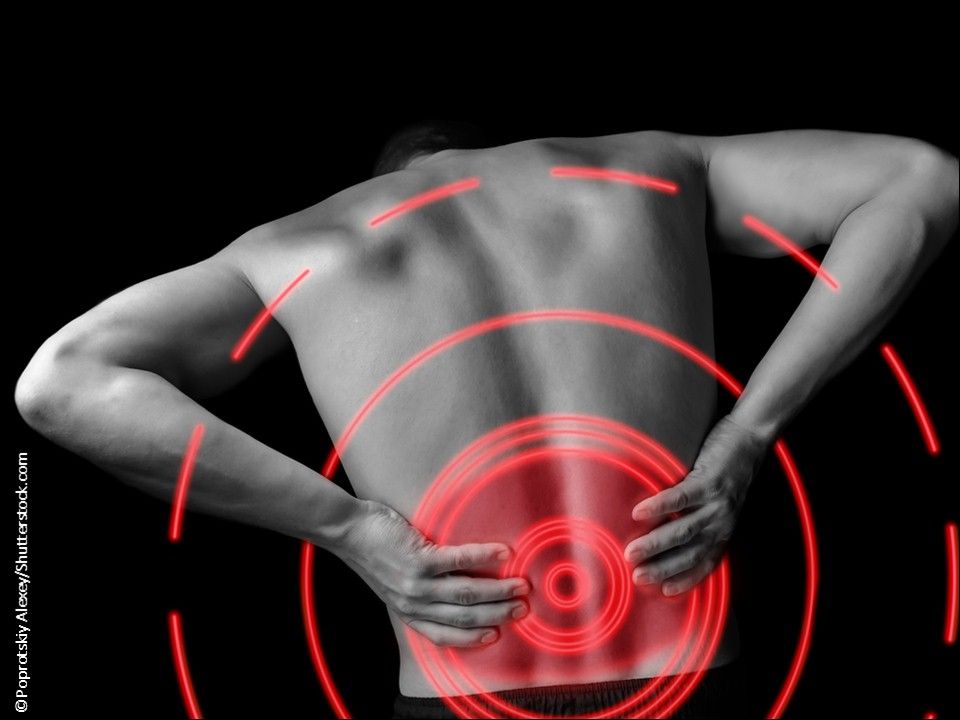
Back Pain Red Flags Unfolded.
Four categories of severe pathology that may cause LBP and red flags that call for immediate evaluation: (1) fracture (recent trauma, use of steroids), (2) malignancy (past history of cancer, recent unexplained weight loss, pain exacerbated by lying down), (3) fever or other signs of infection, (4) cauda equina syndrome (acute changes in bowel or bladder function). Additional red flag: first LBP episode after age 50 years. Most often overlooked: recent unexplained weight loss and exacerbation when lying down.

Surgery as a Last Resort.
Treatments that target inflammation, such as oral NSAIDs and epidural corticosteroid injections, have limited efficacy for many cases. There may be multiple underlying causes, so that treatment that is effective for one person may be ineffective for another. Surgery intended to remedy abnormalities detected by imaging often provides limited long-term relief and can exacerbate the pain. Surgery cannot be undone and should be considered as a last resort.

Heads Ups for Headache.
Most common types of primary headache: tension-type, migraines with and without aura, and cluster. Red flags that can indicate serious underlying pathology: abnormalities on motor or sensory neurological exams, change in mental status, onset of pain after head trauma, presence of fever or nuchal rigidity, seizures, sudden or explosive headache, signs of increased intracranial pressure. In the absence of red flags, there is usually little need for an acute work-up.
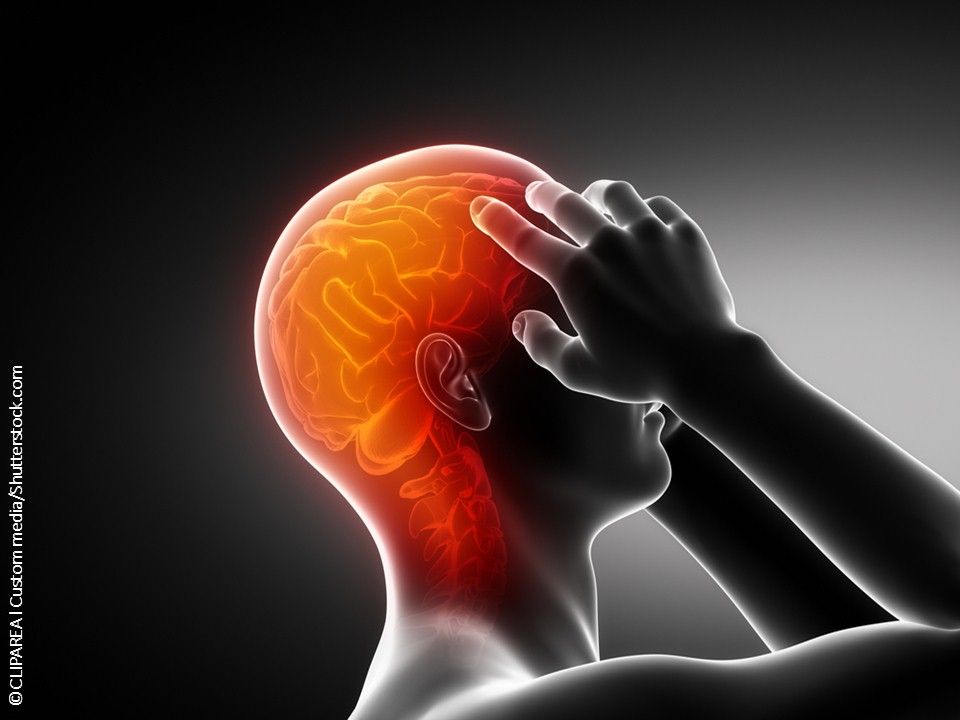
Migraine Treatment Varies.
What relieves migraine varies greatly among patients. OTC medications, including acetaminophen and NSAIDs, are sufficient for many. The triptans currently are the most effective prescription medications. The ergotamines, once the primary drugs for migraine, have been replaced by the triptans. Opioids are not FDA approved for migraine treatment and are not recommended as first-line therapy. The most effective preventive medications include antiepileptics, propranolol, and the tricyclic antidepressants.
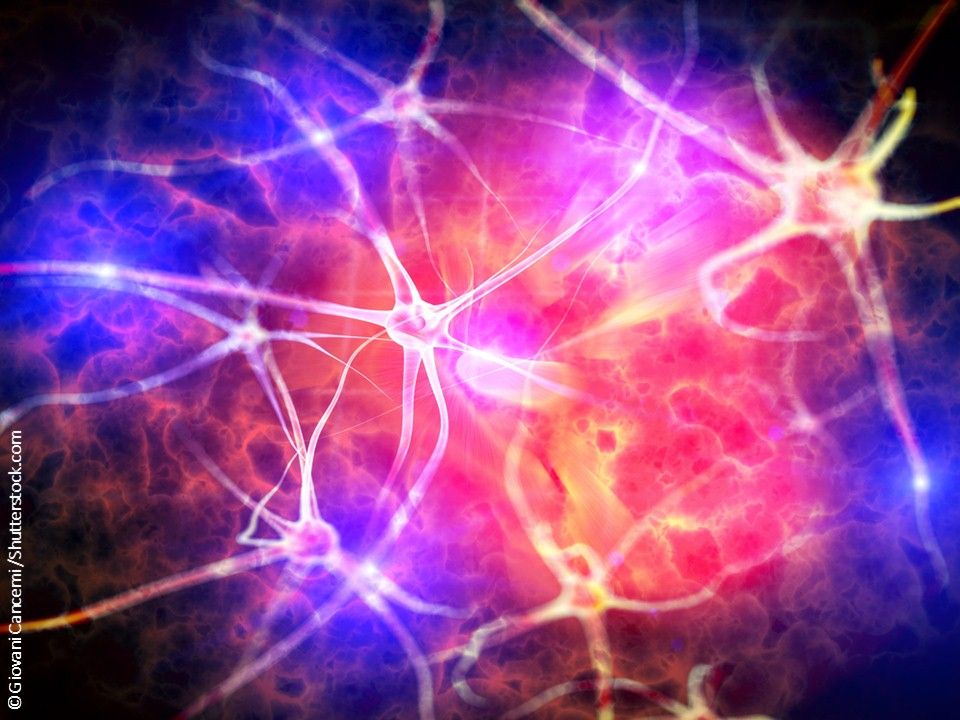
Neuropathic Pain: Treating Postherpetic Neuralgia.
â 6.9%-10% of the population is thought to have neuropathic pain. Most effective for treating most forms, including postherpetic neuralgia, are the tricyclic antidepressants, the other serotonin-norephinephrine reuptake inhibitors duloxetine and venlafaxine, and the anticonvulsants gabapentin and pregabalin. There are no known factors that predict which class of medications is likely to be beneficial for a first episode of postherpetic neuralgia.
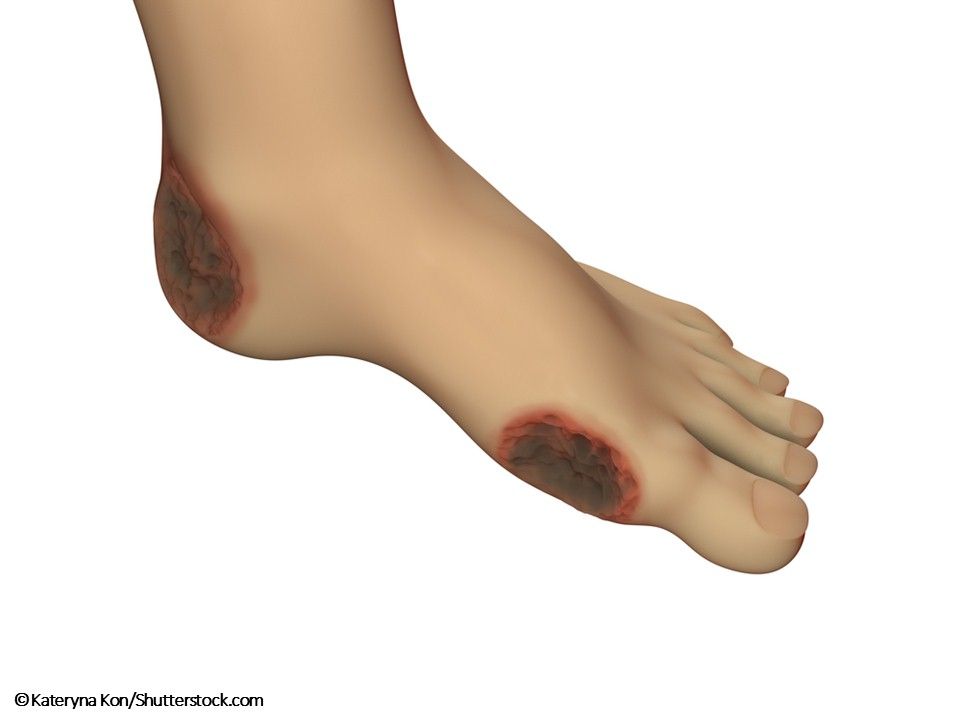
Neuropathic Pain That Comes with Diabetes.
Diabetic peripheral neuropathic pain occurs in 10%-20% of patients with diabetes. The diagnosis usually is straightforward because of its clear association with the underlying disease and its typical bilateral pain distribution in the feet and lower extremities. The TCAs, SNRIs, and anticonvulsants are most likely to be effective, as are the lidocaine 5% patch and capsaicin. Acupuncture has been reported to be beneficial and carries no risks of systemic adverse effects.

A Most Complex Pain Condition.
One of the most painful of chronic pain conditions, complex regional pain syndrome almost always occurs in an extremity. Many cases go undiagnosed because the pain is most often attributed to trauma. The treatment that may be of greatest importance is functional restoration of the affected limb, primarily through physical and occupational therapies. The medications that seem to provide the most relief are those used for other forms of neuropathic pain.

Setting the Opioids Record Straight.
Virtually no RCTs show opioids are beneficial for chronic pain; â 21%-29% of patients with chronic pain end up misusing opioids and â 8%-12% become addicted; methadone and buprenorphine have not been shown effective to manage addiction related to prescribed opioids.
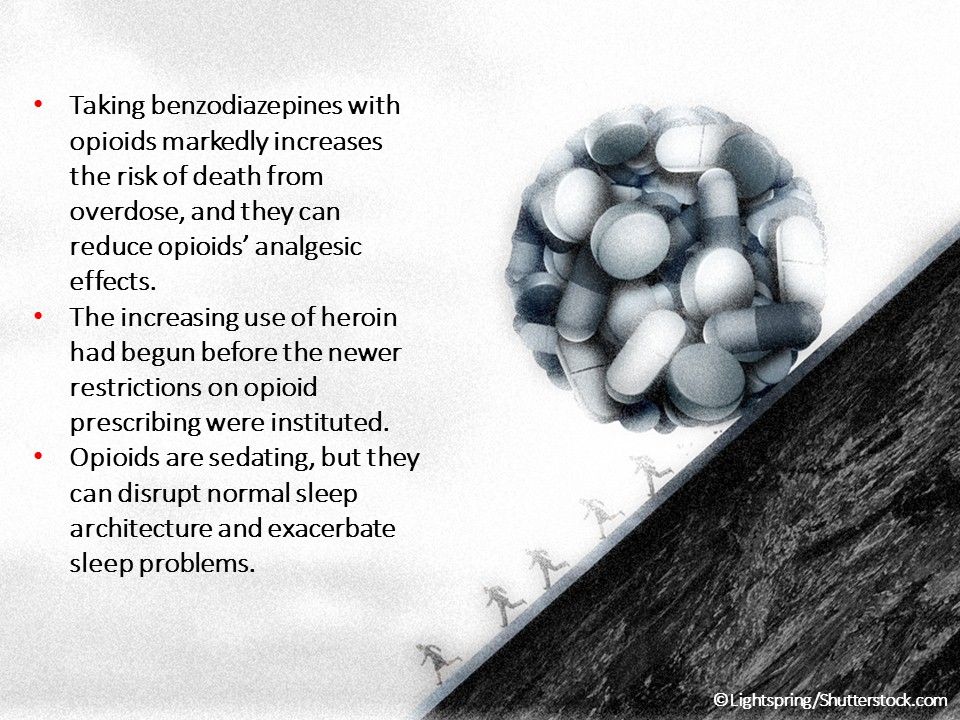
More Truths about Opioids.
Taking benzodiazepines with opioids markedly increases the risk of death from overdose; the increasing use of heroin has not been linked to newer restrictions on opioid prescribing; opioids are sedating, but they can disrupt normal sleep architecture and exacerbate sleep problems.
Pain is one of the most common reasons for patients to seek care from primary care physicians, and chronic pain conditions are often a mystery, says Steven A. King, MD, MS, Clinical Professor of Psychiatry at the New York University School of Medicine, New York, in his Patient Care Special Report on Chronic Pain in Primary Care.The slides above offer a recap of Dr King’s report on the current state of knowledge of the most common chronic pain conditions primary care physicians are likely to encounter and why do so many persons suffer from pain for which health care providers often can offer only limited relief.
Related Content:




